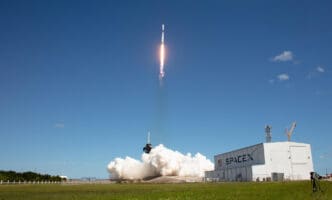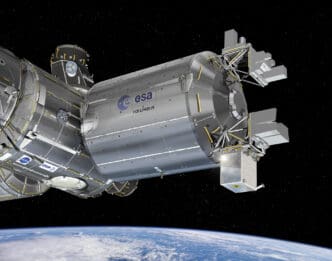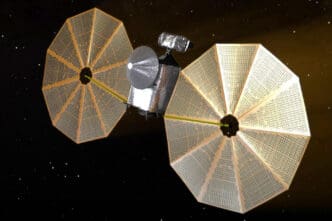NASA continues to push the boundaries of space exploration with several groundbreaking missions on the horizon. These missions aim to enhance our understanding of the outer and inner cosmos, uncovering secrets that could redefine our knowledge of life, planetary science, and the universe.
The Europa Clipper mission, launched on October 14, 2024, seeks to explore the subsurface oceans of Jupiter’s icy moon, Europa. This mission is guided by the hypothesis that where there is water, life might exist. By investigating Europa’s underground ocean, NASA aims to find environments conducive to life in our solar system.
Scheduled for launch in 2024, the Lunar Trailblazer mission focuses on unraveling the mysteries of water on the Moon. The objective is to comprehend the form, abundance, and distribution of lunar water. Such findings could be pivotal for future lunar explorations and understanding the Moon’s history and resources.
Another mission set for 2024 is the NISAR satellite, which will provide detailed mappings of Earth’s ice sheets, glaciers, and sea ice. This mission is particularly significant as it addresses climate change impacts by monitoring changes as the Earth’s atmosphere and oceans continue to warm.
In its ongoing pursuit of understanding the universe, NASA’s Science Fleet remains active around celestial bodies such as Earth, the Sun, the Moon, Mars, and extends its gaze even further into the vastness of space. This fleet illustrates NASA’s expansive reach and continuous effort to explore unexplored territories.
The development of 3D tissue chips marks another frontier in space exploration. These chips will model acute and chronic exposures for extended periods, bringing a new dimension to biological and physical sciences research in a microgravity environment.
NASA’s journey began with missions like Pioneer 0 (Able 1), the first-ever lunar launch attempt, and continues with sophisticated explorations such as the Advanced Composition Explorer (ACE), which studies cosmic particles from various origins. These endeavors underline NASA’s dedication to advancing scientific knowledge through meticulous observation and analysis.
With these diverse missions, NASA demonstrates an unwavering commitment to exploring space and understanding our place in the universe. Each mission contributes uniquely to unraveling the cosmic mysteries and promises to enhance our comprehension of both Earth and its celestial neighbors, highlighting NASA’s role as a leader in space exploration.
Source: Science.Nasa







